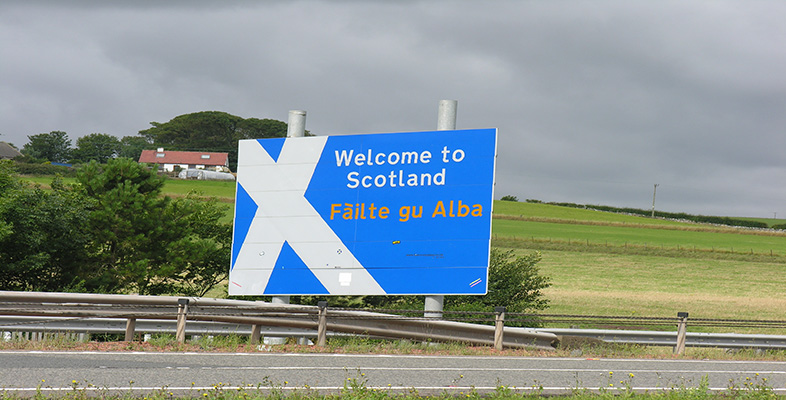2.7 The Celtic Diaspora
The movement of Celtic-speaking peoples to other parts of the world, which has led to millions of North Americans, Australians, and New Zealanders being able to claim Celtic ancestry, weakened the languages in their homelands. It also generally failed to establish linguistic beachheads in the recipient lands, most of which, being in the British Empire, were dominated linguistically by English. Scottish Gaelic, for example, flourished briefly in parts of Australia and New Zealand, but is now spoken in both countries only by small numbers of emigrant Scots and local enthusiasts. There are two notable exceptions to that general picture – Welsh in Patagonia and Scottish Gaelic in Nova Scotia.
There are still Welsh speakers in Argentina, descendants of a migration that began in 1865 to Chubut Province, with the express purpose of creating communities where the Welsh language and culture would not be destroyed by assimilation, as was happening with emigration to North America. They have struggled to retain their linguistic heritage in the face of competition from Spanish but, with growing assistance from Wales, there is renewed interest in learning and promoting the Welsh language in Argentina16.
The establishment of Scottish Gaelic in Canada began much earlier, in the 18th century, as a result of economic (and later forced) migration of Highland Scots. Gaelic-speaking communities existed in many parts of Canada, most notably Ontario, Quebec, New Brunswick, Prince Edward Island and Nova Scotia. In 1867, at the time of Canadian confederation, it is reckoned that Scottish Gaelic was Canada’s third language after English and French, with some 200,000 speakers. At this stage many emigrant Irish Gaels also retained their native tongue, giving 19th century Canada an intensity of Gaelic heritage never experienced in any other country outside Scotland, Ireland or Man.
The standard-bearer for Scottish Gaelic in modern Canada, and indeed in North America as a whole, has been the province of Nova Scotia (Alba Nuadh), and most particularly Cape Breton Island. While the language has virtually died elsewhere in the country (beyond small groups of enthusiasts and learners), a population of native speakers has been maintained in Nova Scotia, although this is now down to just a few hundred people, compared to nearly 100,000, a third of the province’s population, at the end of the 19th century.
Watch the video clip below to find out more about how Gaelic has been renewed in Nova Scotia.
It is not only the language that has been retained in Nova Scotia; there is also a flourishing Gaelic-related culture there, with a strong heritage of music (notably fiddle playing) and dance (particularly step-dancing). It is the one place outside Scotland that has retained a tradition of singing group songs to accompany the waulking, or fulling, of tweed – a uniquely Scottish Gaelic phenomenon. Nova Scotian Gaels have made a major contribution to the global heritage of Gaelic storytelling, singing, writing and publishing, and the province is the only place outside Scotland where the Scottish Gaelic language is specifically supported by an arm of government. In 2006 the Nova Scotian Government created an Office of Gaelic Affairs, under the oversight of a Minister, to ‘work with Nova Scotians in the renewal of Gaelic language and culture in the Province’. The Nova Scotian Gaelic community also created its own flag (below).

